The Fresno Metropolitan Museum’s woes — as reported by the Fresno Bee this week — suggest that it may not be long for this world.
“Absent a miracle, The Met will have to close in the very near future,” said Fresno bankruptcy lawyer Riley Walter, who has represented the museum as a financial crisis consultant for months.
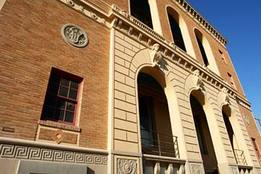 Like other museums, the FMM (at left) had large ambitions — too large, probably — and undertook an overambitious expansion. As the Bee reported last March, in an article headlined “Big Vision, Big Troubles At Fresno’s Met,” trustees were unrealistic:
Like other museums, the FMM (at left) had large ambitions — too large, probably — and undertook an overambitious expansion. As the Bee reported last March, in an article headlined “Big Vision, Big Troubles At Fresno’s Met,” trustees were unrealistic:
[Paul] Gottlieb [the museum’s chairman] says it’s not the trustees’ fault that they were overwhelmed by a “perfect storm” of economic woe: cost overruns impossible to anticipate, then a severe national recession that dried up donations and grants.
“I don’t think we’re in bad shape,” Gottlieb says. “We have a financial challenge. And this board or another board will figure out a way to work through it.”
Let’s hope.
Meanwhile, how many other museums are in the same spot? Impossible to know, of course, but the best source on this is the American Association of Museums, which is where I went.
As Dewey Blanton in AAM’s media relations department wrote, “with the caveat that this is by no means definitive, we know of 28 26 closures. That’s of a field of an estimated 17,500 museums.” They are:
The
12 historic sites shut by the state of
Three history museums in
Two
Springs UPDATE: AAM has learned that the Pioneer Museum received public support and is operating after all.

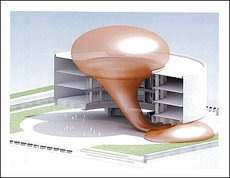
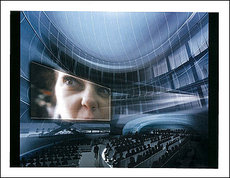
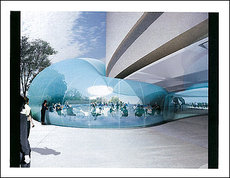

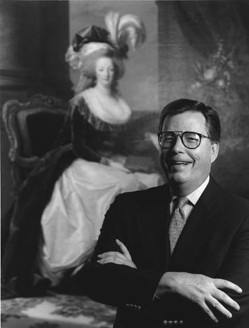 I could not find a single word of criticism of the exhibition or the museum in any of them. About the only non-positive glimmer of thought came in the
I could not find a single word of criticism of the exhibition or the museum in any of them. About the only non-positive glimmer of thought came in the 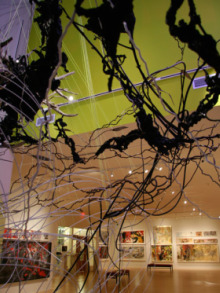 Diana Al-Hadid, Brooklyn
Diana Al-Hadid, Brooklyn
 In any case, the finding brought back to me a moment a few months ago when I was looking at the Morgan Library website, and was surprised to find a tiny “Social Media” link at the top — with a link to its
In any case, the finding brought back to me a moment a few months ago when I was looking at the Morgan Library website, and was surprised to find a tiny “Social Media” link at the top — with a link to its